1. Cohen AJ, Brauer M, Burnett R, Anderson HR, Frostad J, Estep K, et al. Estimates and 25-year trends of the global burden of disease attributable to ambient air pollution: an analysis of data from the Global Burden of Diseases Study 2015. Lancet. 2017; 389(10082):1907–1918. PMID:
28408086.

2. Wang C, Tu Y, Yu Z, Lu R. PM2. 5 and cardiovascular diseases in the elderly: an overview. Int J Environ Res Public Health. 2015; 12(7):8187–8197. PMID:
26193289.
3. Pak HY, Pak YS. The effects of PM10 on the hospital admission of patients with respiratory disease in Seoul, Korea. J Converg Inf Technol. 2019; 9(6):194–201.
4. Delfino RJ, Tjoa T, Gillen DL, Staimer N, Polidori A, Arhami M, et al. Traffic-related air pollution and blood pressure in elderly subjects with coronary artery disease. Epidemiology. 2010; 21(3):396–404. PMID:
20335815.

5. Hoffmann B, Luttmann-Gibson H, Cohen A, Zanobetti A, de Souza C, Foley C, et al. Opposing effects of particle pollution, ozone, and ambient temperature on arterial blood pressure. Environ Health Perspect. 2012; 120(2):241–246. PMID:
22020729.

6. Jacobs L, Buczynska A, Walgraeve C, Delcloo A, Potgieter-Vermaak S, Van Grieken R, et al. Acute changes in pulse pressure in relation to constituents of particulate air pollution in elderly persons. Environ Res. 2012; 117:60–67. PMID:
22717264.

7. Lim YH, Bae HJ, Yi SM, Park E, Lee BE, Hong YC. Vascular and cardiac autonomic function and PM2.5 constituents among the elderly: a longitudinal study. Sci Total Environ. 2017; 607-608:847–854. PMID:
28711846.

8. Lin Z, Niu Y, Chen R, Xu W, Li H, Liu C, et al. Fine particulate matter constituents and blood pressure in patients with chronic obstructive pulmonary disease: a panel study in Shanghai, China. Environ Res. 2017; 159:291–296. PMID:
28825983.

9. Lee JT, Son JY, Cho YS. The adverse effects of fine particle air pollution on respiratory function in the elderly. Sci Total Environ. 2007; 385(1-3):28–36. PMID:
17692897.

10. Bo L, Jiang S, Xie Y, Kan H, Song W, Zhao J. Effect of vitamin E and omega-3 fatty acids on protecting ambient PM2.5-induced inflammatory response and oxidative stress in vascular endothelial cells. PLoS One. 2016; 11(3):e0152216. PMID:
27007186.

11. Bräuner EV, Forchhammer L, Møller P, Barregard L, Gunnarsen L, Afshari A, et al. Indoor particles affect vascular function in the aged: an air filtration-based intervention study. Am J Respir Crit Care Med. 2008; 177(4):419–425. PMID:
17932377.
12. Chen R, Meng X, Zhao A, Wang C, Yang C, Li H, et al. DNA hypomethylation and its mediation in the effects of fine particulate air pollution on cardiovascular biomarkers: a randomized crossover trial. Environ Int. 2016; 94:614–619. PMID:
27397927.

13. Gref A, Rautiainen S, Gruzieva O, Håkansson N, Kull I, Pershagen G, et al. Dietary total antioxidant capacity in early school age and subsequent allergic disease. Clin Exp Allergy. 2017; 47(6):751–759. PMID:
28222232.

14. Langrish JP, Li X, Wang S, Lee MM, Barnes GD, Miller MR, et al. Reducing personal exposure to particulate air pollution improves cardiovascular health in patients with coronary heart disease. Environ Health Perspect. 2012; 120(3):367–372. PMID:
22389220.

15. Langrish JP, Mills NL, Chan JK, Leseman DL, Aitken RJ, Fokkens PH, et al. Beneficial cardiovascular effects of reducing exposure to particulate air pollution with a simple facemask. Part Fibre Toxicol. 2009; 6(1):8. PMID:
19284642.

16. Li H, Cai J, Chen R, Zhao Z, Ying Z, Wang L, et al. Particulate matter exposure and stress hormone levels: a randomized, double-blind, crossover trial of air purification. Circulation. 2017; 136(7):618–627. PMID:
28808144.

17. Lin H, Guo Y, Zheng Y, Di Q, Liu T, Xiao J, et al. Long-term effects of ambient PM2.5 on hypertension and blood pressure and attributable risk among older Chinese adults. Hypertension. 2017; 69(5):806–812. PMID:
28348017.
18. Péter S, Holguin F, Wood LG, Clougherty JE, Raederstorff D, Antal M, et al. Nutritional solutions to reduce risks of negative health impacts of air pollution. Nutrients. 2015; 7(12):10398–10416. PMID:
26690474.

19. Romieu I, Téllez-Rojo MM, Lazo M, Manzano-Patiño A, Cortez-Lugo M, Julien P, et al. Omega-3 fatty acid prevents heart rate variability reductions associated with particulate matter. Am J Respir Crit Care Med. 2005; 172(12):1534–1540. PMID:
16210665.

20. Weichenthal S, Mallach G, Kulka R, Black A, Wheeler A, You H, et al. A randomized double-blind crossover study of indoor air filtration and acute changes in cardiorespiratory health in a First Nations community. Indoor Air. 2013; 23(3):175–184. PMID:
23210563.

21. Kim IS, Jang JY, Kim TH, Park J, Shim J, Kim JB, et al. Guidelines for the prevention and management of cardiovascular disease associated with fine dust/Asian dust exposure. J Korean Med Assoc. 2015; 58(11):1044–1059.

22. Kyung SY, Kim YS, Kim WJ, Park MS, Song JW, Yum H, et al. Guideline for the prevention and management of particulate matter/Asian dust particle-induced adverse health effect on the patients with pulmonary diseases. J Korean Med Assoc. 2015; 58(11):1060–1069.

23. Lim EC, Seet RC, Lee KH, Wilder-Smith EP, Chuah BY, Ong BK. Headaches and the N95 face-mask amongst healthcare providers. Acta Neurol Scand. 2006; 113(3):199–202. PMID:
16441251.

24. Johnson AT, Dooly CR, Blanchard CA, Brown EY. Influence of anxiety level on work performance with and without a respirator mask. Am Ind Hyg Assoc J. 1995; 56(9):858–865. PMID:
7677067.

25. Laird IS, Goldsmith R, Pack RJ, Vitalis A. The effect on heart rate and facial skin temperature of wearing respiratory protection at work. Ann Occup Hyg. 2002; 46(2):143–148. PMID:
12074023.
26. Johnson AT. Respirator masks protect health but impact performance: a review. J Biol Eng. 2016; 10(1):4. PMID:
26865858.

27. Schipke JD, Arnold G, Pelzer M. Effect of respiration rate on short-term heart rate variability. J Clin Basic Cardiol. 1999; 2(1):92–95.
28. Rahal A, Kumar A, Singh V, Yadav B, Tiwari R, Chakraborty S, et al. Oxidative stress, prooxidants, and antioxidants: the interplay. Biomed Res Int. 2014; 2014:761264. PMID:
24587990.

29. Jung H, Kim J, Lee S, Lee J, Kim J, Tsai P, et al. Comparison of filtration efficiency and pressure drop in anti-yellow sand masks, quarantine masks, medical masks, general masks, and handkerchiefs. Aerosol Air Qual Res. 2014; 14(3):991–1002.

30. Shi J, Lin Z, Chen R, Wang C, Yang C, Cai J, et al. Cardiovascular benefits of wearing particulate-filtering respirators: a randomized crossover trial. Environ Health Perspect. 2017; 125(2):175–180. PMID:
27562361.

31. Ruediger H, Seibt R, Scheuch K, Krause M, Alam S. Sympathetic and parasympathetic activation in heart rate variability in male hypertensive patients under mental stress. J Hum Hypertens. 2004; 18(5):307–315. PMID:
15103310.

32. Pagani M, Mazzuero G, Ferrari A, Liberati D, Cerutti S, Vaitl D, et al. Sympathovagal interaction during mental stress. A study using spectral analysis of heart rate variability in healthy control subjects and patients with a prior myocardial infarction. Circulation. 1991; 83(4):Suppl. II43–II51. PMID:
2009629.
33. Cavallari JM, Fang SC, Eisen EA, Schwartz J, Hauser R, Herrick RF, et al. Time course of heart rate variability decline following particulate matter exposures in an occupational cohort. Inhal Toxicol. 2008; 20(4):415–422. PMID:
18302049.

34. Ha KH, Kim DJ. Trends in the diabetes epidemic in Korea. Endocrinol Metab (Seoul). 2015; 30(2):142–146. PMID:
26194073.

35. Ha KH, Kwon HS, Kim DJ. Epidemiologic characteristics of dyslipidemia in Korea. J Lipid Atheroscler. 2015; 4(2):93–99.

36. Elbourne DR, Altman DG, Higgins JP, Curtin F, Worthington HV, Vail A. Meta-analyses involving cross-over trials: methodological issues. Int J Epidemiol. 2002; 31(1):140–149. PMID:
11914310.

37. Maclure M. The case-crossover design: a method for studying transient effects on the risk of acute events. Am J Epidemiol. 1991; 133(2):144–153. PMID:
1985444.

38. Christidis T, Erickson A, Pappin A, Crouse D, Pinault L, Weichenthal S, et al. The impact of low concentrations of PM air pollution on mortality in the Canadian Community Health Survey-Mortality Cohort. Environ Epidemiol. 2019; 3:72–73.
39. Pappin A, Crouse D, Christidis T, Erickson A, Pinault L, Weichenthal S, et al. Nonlinear associations between low levels of fine particulate matter and mortality across three cycles of the Canadian Census Health and Environment Cohort. Environ Epidemiol. 2019; 3:84.
40. Zhang J. Low-level air pollution associated with death: policy and clinical implications. JAMA. 2017; 318(24):2431–2432. PMID:
29279908.
41. Strak M, Atkinson R, Boutron MC, Forastiere F, Gulliver J, Hertel O, et al. PI-1-3 Mortality and Morbidity Effects of Long-term Exposure to Low-level PM2.5, Black Carbon, NO2 and O3: an Analysis of European Cohorts. London: BMJ Publishing Group Ltd;2018.
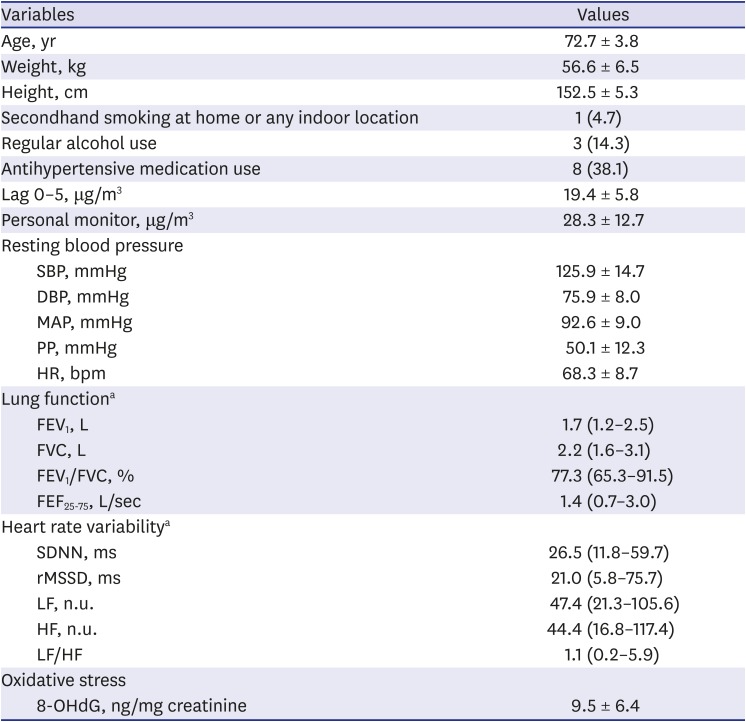
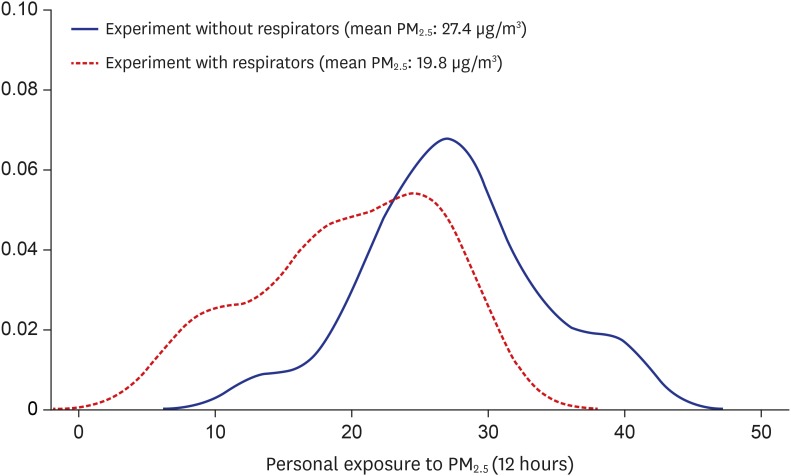
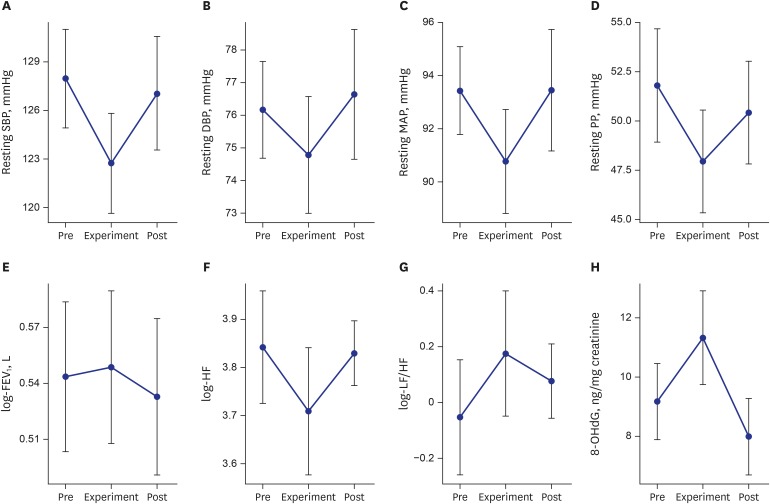
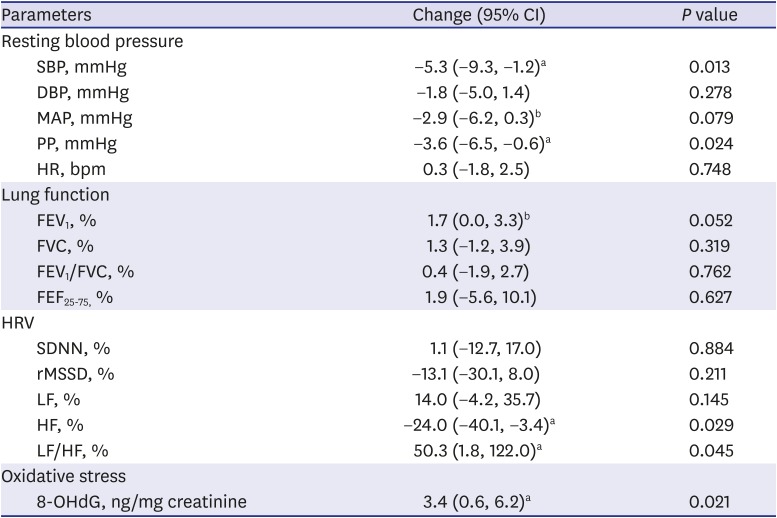




 PDF
PDF Citation
Citation Print
Print



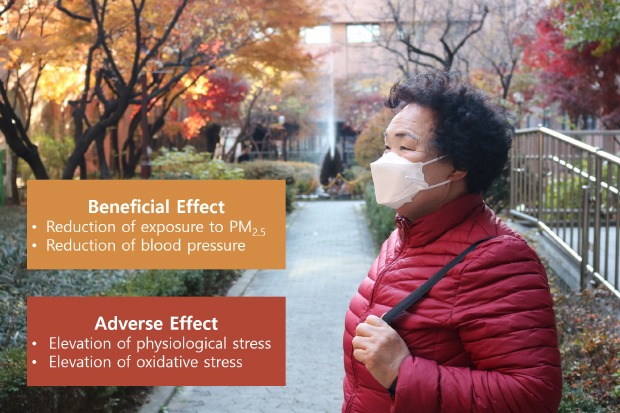
 XML Download
XML Download